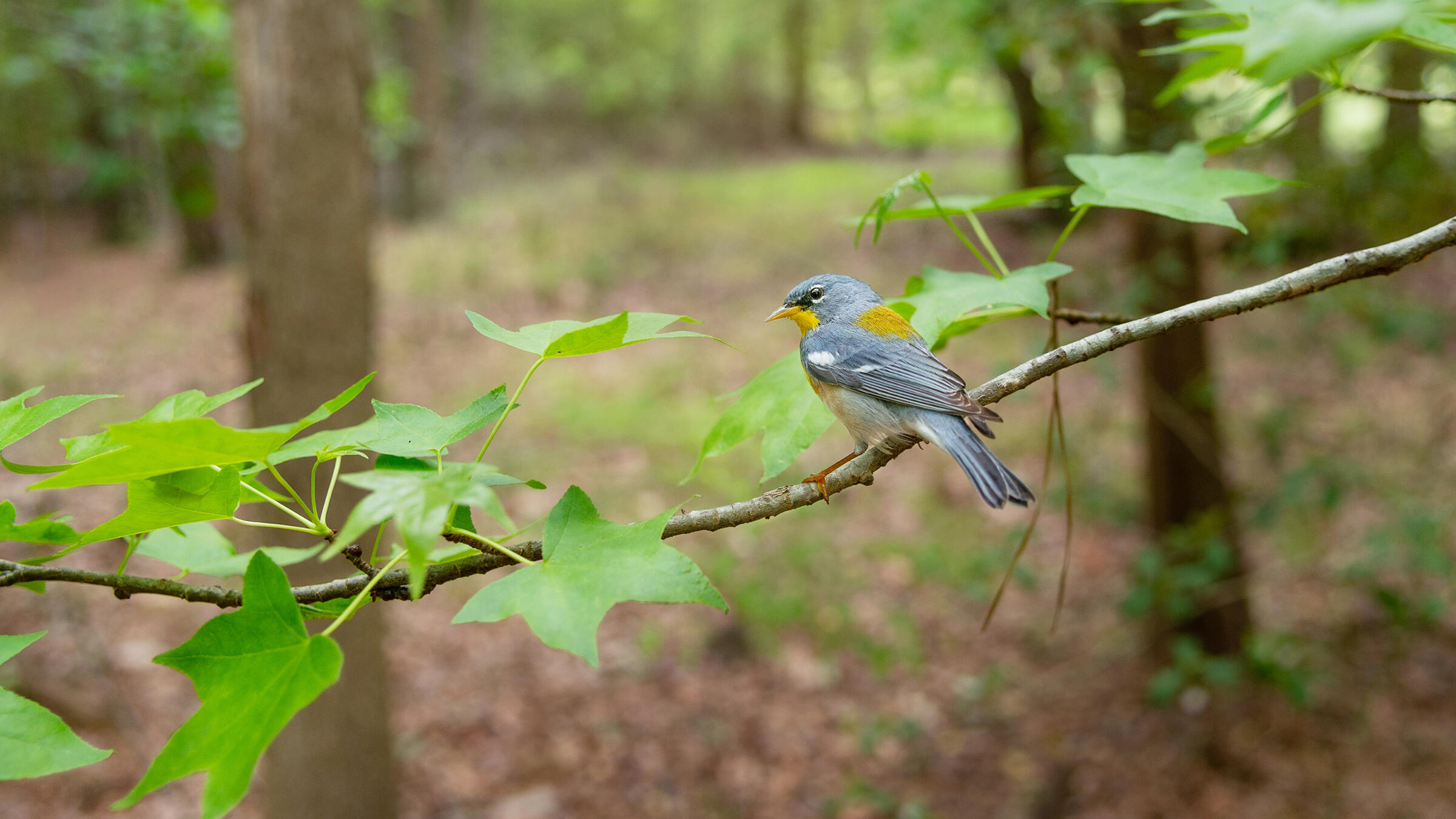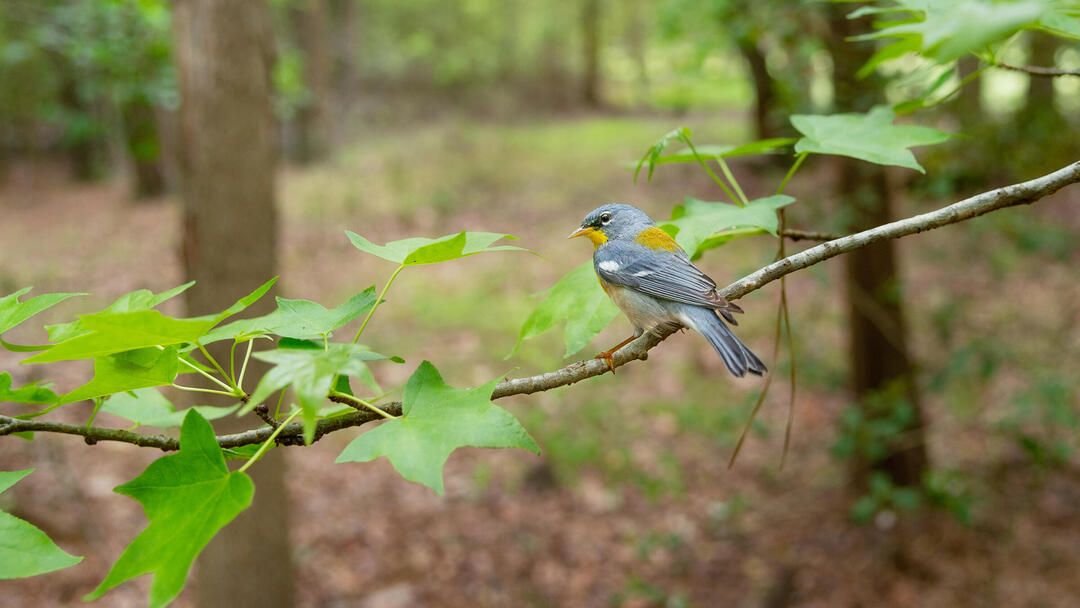The Natural Climate Solutions Report developed by the scientists at the National Audubon Society makes clear that protecting bird habitat is a key strategy for addressing climate change. This message is especially true in Vermont given the richness of opportunities in our state to promote an economically and ecologically sustainable landscape of farms, wetlands, floodplains, and wild and working forests.
Reviewing the report and the data specific to Vermont, it is clear that the conservation, compatible management, and restoration of forests and wetlands, so important to bird conservation, is also critical in our work to address climate change. Further, the report also notes the important role that a forest canopy can play in developed areas, whether cities, towns or suburbs, for birds and for our climate.
Investing in protecting and enhancing Vermont’s forested landscapes, wetlands, floodplains and fields is vital to drawing down greenhouse-gas emissions and adapting to the impacts of climate change as necessary to meet the state’s obligations under the Vermont Global Warming Solutions Act. Also, at both the national level and in Vermont, the majority of these priority areas are on private lands. This fact points to the vital role of landowner and community engagement in land management and stewardship, one of Audubon Vermont’s primary conservation strategies.
The development of recommendations for protecting our agricultural and forest lands is also the work of the Agriculture and Ecosystems Subcommittee of the Vermont Climate Council. I have been privileged to join an impressive group of people who are part of this subcommittee. The members represent an array of important perspectives and bring a depth and breadth of knowledge about why, where and how to go about protecting Vermont’s landscape of forests and fields. The recent Natural Climate Solutions Report just issued by Audubon has arrived at a perfect moment to help advance this group’s work to develop a Vermont climate action plan, as required by the recently enacted Vermont Global Warming Solutions Act.
Whether you care about birds and the places birds need to thrive, or about people and places people need to thrive (hopefully both!), investing in natural climate solutions is a foundational element of any successful strategy. Please enjoy this important report. If you are moved to act, look for opportunities to weigh in to support climate natural solutions as part of the public process for input into the recommendations of the Vermont Climate Council this summer and fall.






